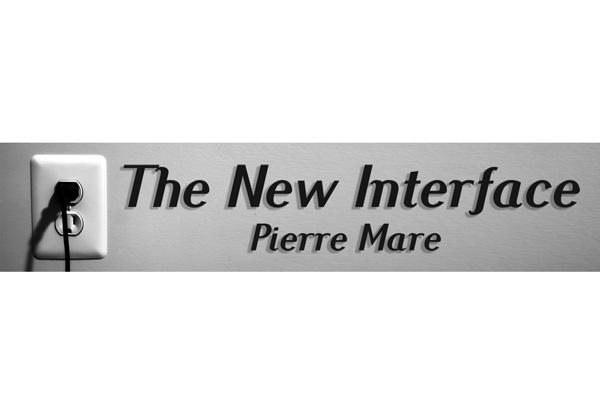
Make innovation a habit and part of your daily routine

Embedding innovation in your daily working life by Rikus Grobler of Namibia Innovation Solutions
When I speak to people and organisations about innovation, there is one specific question asked at every presentation: “Rikus, I am so busy with my ‘real’ work, how will I ever find time to innovate”?
Well, that is the reality many of us experience within our working lives, and I have come to the conclusion that the best way to address this state of affairs is to embed innovation in your BAU – Business As Usual.
Embed innovation in business as usual
Digging into this topic and coming to the conclusion of making innovation part of your “real” work, lead me to excellent advice from James Gardner.
James is Senior Vice President of Products at Mindjet, the world leader in Software-as-a-Service (SaaS) solutions for enterprise innovation management. He has over a decade of experience leading innovation strategy for large organisations, and has also written several books about innovation, including “The Little Innovation Book”.
For clarity on how to incorporate innovation as part of one’s daily chores, James has distilled five points.
1. Set aside time to think, and make personal goals. Finding the time or headspace to think creatively can be tough but clearly, it’s a vital part of developing innovative ideas and campaigns, and it is critical to protect and cultivate it by setting aside time to do so.
Consider taking a few hours a week to get out of your usual environment to think of and about new ideas – and how you might present them at the following week’s team meeting. Set yourself an unofficial goal to bring one or two new ideas, big or small, to each meeting.
2. Encourage conversation and collaboration. The people you work with – colleagues, clients, suppliers, and customers – are your most valuable resources. You might have some wonderful innovators hidden away in your organisation that you’ve not yet tapped into, and the more people you have contributing, the more power you’ll have to generate and develop great ideas.
3. Embrace failure and encourage calculated risk. I have written about this topic in previous columns. The quickest way to kill creativity is to institutionalise a corporate culture that punishes failure.
4. Start small, but aim high. The words “change” and “innovation” can strike fear in the hearts of those too comfortable in their working routine. For those who may be hesitant about diving into the deep end, starting with small innovations and ideas can be an excellent starting point, as these are much less daunting and easier to implement. Think of innovation as a spectrum: at one end, smaller, incremental changes can be introduced before moving up to the more disruptive and transformative innovations on the other end. Likewise, once budget holders realise the benefits of incremental changes, they will likely be less resistant to larger ones.
5. Engage the rest of the company. The need to innovate and think creatively is a cross-departmental problem, but one that’s too often worked on by only a small group of people. Additionally, innovation efforts tend to be poorly communicated throughout the business. Start small if necessary – perhaps via a monthly meeting with representatives from each department to discuss and share best practices and new projects.
By embedding innovation, creative thinking, and collaboration into the core of your business, and adding it to you and your team’s daily work routines and activities, you will ensure that you are seen as someone who adds value to your company. This will also make it easier for yourself to complete tasks, execute projects successfully, and reach your own professional milestones and objectives.
Next Time
I am good friends with Robert Tucker, one of the foremost innovation experts in the United States. He has recently brought under my attention that Innovation Centers are now a big trend in corporate America. We can and must innovate on this side of the world as well, and I want to investigate this phenomenon of Innovation Centers in the next delivery.
I conclude with a quote by Twyla Tharp: “Creativity is a habit, and the best creativity is the result of good work habits.”
Sources:
Garnder James. 2015. 5 Steps to Embed Innovation in Your Daily Working Life. Online: http://www.innovationmanagement.se












































